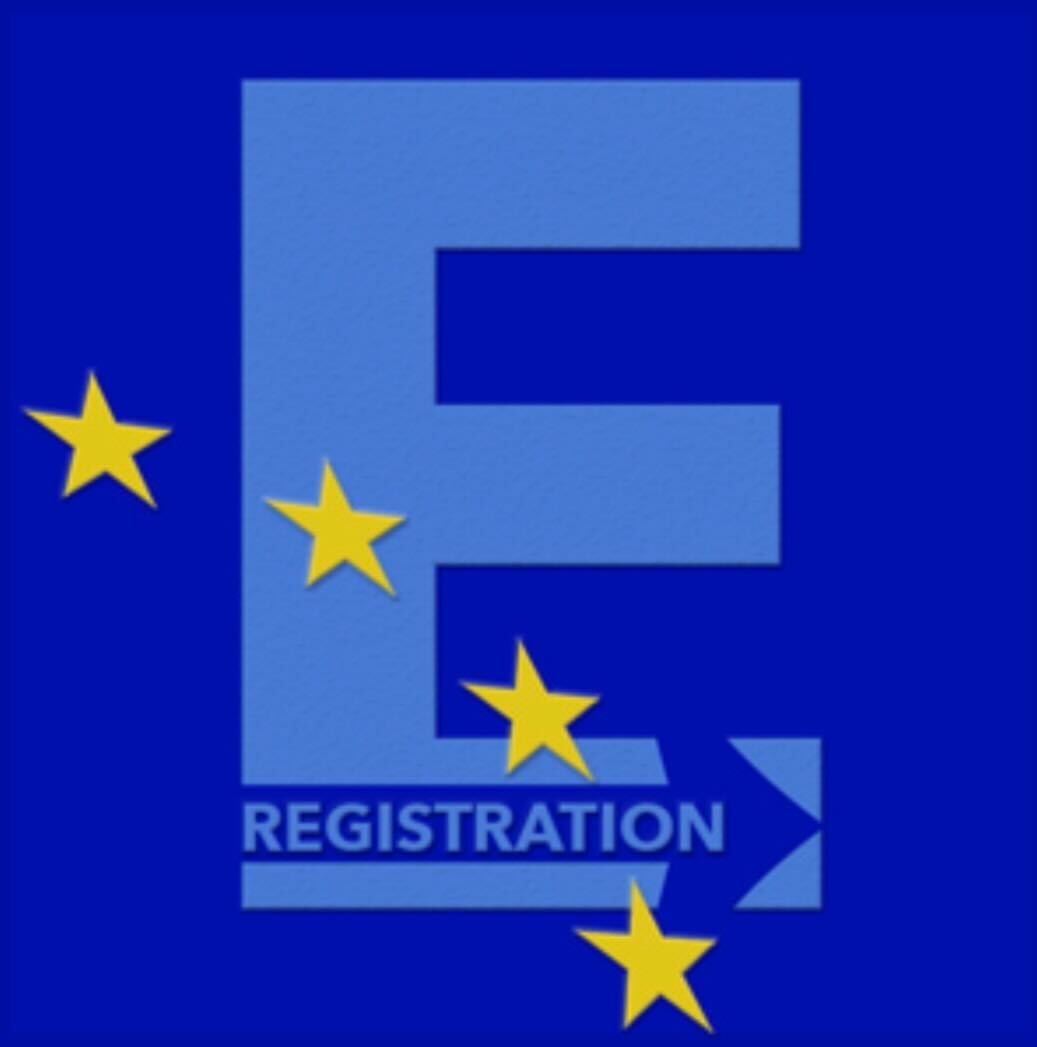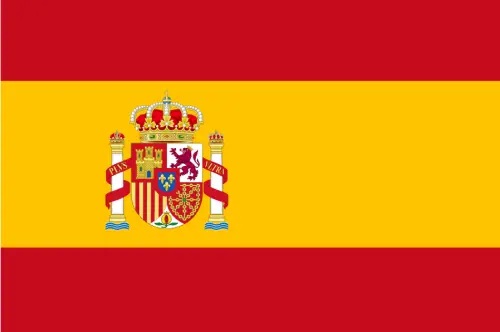
Spain is a country that has been in the world spotlight for more than 500 years. It is an ancient country with a population of 47 million people. Spain has a total area of 504,782 square kilometers, which makes it the fourth largest country in Europe after France, Ukraine, and Poland.
The Spanish culture is very diverse, with roots traceable to Celtic, Phoenician, and Iberian cultures. The Spanish language is also one of the most spoken languages around the world, which makes it one of the most important languages to learn in today’s global economy.
Spain in the European Union
Spain is categorized as a middle power nation and a developed nation. It is the second-largest nation in both Western Europe and the European Union, and according to GDP, it has the thirteenth-largest economy in the world.
There are 2 independent cities and 17 autonomous villages in the nation. Spanish is the most widely used language, however Catalan, Galician, and Basque are also recognized as official languages.
Along with Portugal, Spain joined the European Union in January 1986, and it has since occupied a key position. Spain presently has 51 representatives in the European Parliament.
Spain is also a member of the Organization of Ibero-American States, the Council of Europe, and the Eurozone.
The Schengen Agreement, which Spain signed in 1991, eliminated borders by 1995.
The EU has been working on the new ETIAS travel authorisation recently; it will go into effect in 2025. The visa waiver program's objectives are to reduce cross-border crime and improve security in all of the European Schengen nations, including Spain.
ETIAS for Spain
ETIAS is a visa-waiver program that allows travellers to enter Spain without a visa for up to 90 days in any 180-day period.
ETIAS is an electronic system that determines whether a traveler can enter or transit the Schengen Zone without a visa. It does this by checking the traveller's information against various databases, including Interpol's database of stolen and lost travel documents and national criminal databases.
The ETIAS will be the new visa waiver that will be required for non-EU travellers to enter the Schengen Area.
ETIAS is designed to help detect people who may pose security or public policy risks before they can enter the Schengen Area.
Best Places to Visit in Spain
Barcelona is a city in Spain and the capital of Catalonia. It is a popular tourist destination because of its architecture, culture, and people.
Barcelona has a rich history, with many significant events happening there. The city has been home to many artists and architects who have left their mark on the city.
Barcelona has many museums, parks, and other attractions that tourists can visit. Some of these include the Sagrada Familia, which was designed by Gaudi, who was an artist from Catalonia. It is also home to the Picasso Museum, which houses paintings by Pablo Picasso, who was also born in Barcelona.
Pamplona is a city in Spain, located on the banks of the River Arga. It is the capital of Navarre and has a population of around 180,000 people. The city has been inhabited since pre-Roman times.
The Pamplona Carnival is an important event in the calendar, and it takes place every year from February to March. The festival sees people dressed up in costumes and masks roaming around the main streets, drinking wine, and eating chorizo sausage.
Spain is a country that is known for its beaches, culture, and food. One of the best places to visit in Spain is Madrid. The city has a lot of history and culture to offer tourists. It also has some amazing restaurants, museums, parks, and more that tourists can enjoy when they are there.
Things You Must Know Before Visiting Spain
If you are planning to visit Spain, you should know that there are a lot of words in the Spanish language that can be difficult to pronounce:
1. España: This is the name of the country and means "Spain."
2. Gato: This is the Spanish word for "cat" and it sounds like "gah-to".
3. Qué: It means "what" and it sounds like "keh".
4. Dónde está el baño?: It means "Where is the bathroom?" and it sounds like "dohn-deh eh-stah ehl bahn-yoh?"
5. ¿Cuál? It means "Which one?" or "What kind?" and it sounds like "kwal"
Public transportation in Spain is a great way to get around and see the country. The most popular form of public transportation is the train, which can take you all over the country for a reasonable price. There are also buses and metro trains available for those who need to go shorter distances.
Tickets can be purchased at any station or kiosk in Spain with cash or a credit card. It’s important to note that it’s not necessary to buy tickets before getting on the train, but it does make it more expensive, so if you plan on taking more than one ride on public transportation, then it’s best to purchase tickets ahead of time.



